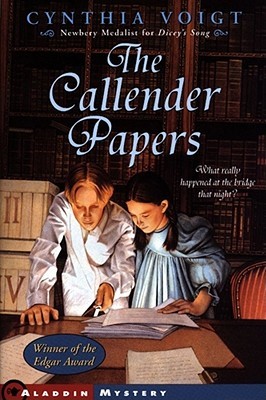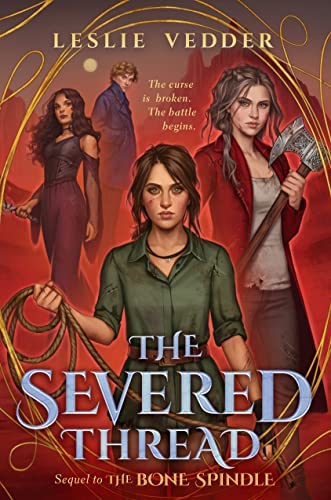Tanglewood Tales—buy the paperback—free Kindle book
by Nathaniel Hawthorne—wiki him
Recommended Ages: 11+
[button color=”black” size=”big” link=”http://affiliates.abebooks.com/c/99844/77798/2029?u=http%3A%2F%2Fwww.abebooks.com%2Fservlet%2FSearchResults%3Fisbn%3D9781438295503″ target=”blank” ]Purchase here[/button]
You may have heard of the Tanglewood Music Festival in the Berkshire mountains of Massachusetts. This festival is named after the mansion where the festival is held. The mansion was named after the nearby cottage where Nathaniel Hawthorne stayed while writing this book. And the cottage, according to my sources, was named after this book—a sequel to the same author’s A Wonder-Book for Girls and Boys. Houston, Texas, has a neighborhood named after this book, and the state of Washington has an island ditto. These facts illustrate the love in which this book was once popularly held, and the influence of some of the people who loved it so.
And yet I would bet you’re hearing about this book for the first time now. Here some writers would say, “So goes the world,” and let it be. But I say it need not be so. Nathaniel Hawthorne is too important a figure in American literature to be allowed to remain only a figure, silhouetted against the dying light of a bygone age. His writing really is enjoyable, and some of it was designed for the enjoyment of kids. And even though kids’ tastes may change, there still remains a good deal of charm and appeal in Hawthorne’s retellings of the world’s most timeless tales.
One thing you will appreciate about this book, if you come to it after reading Hawthorne’s Wonder-Book, is that he dispenses with the precious little introductions to each story featuring college-boy Eustace Bright and his brood of smaller siblings and cousins. A preface to this book informs us that Eustace is still interested in adapting tales of the ancient heroes to the sensibilities of the children of his time. These stories, then, are further examples of how Eustace would tell such swashbuckling legends as…
- “The Minotaur”—in which Theseus tests his strength against a man-eating beast with the head of a bull and the body of a man;
- “The Pygmies”—in which Hercules grapples with a giant whose strength doubles every time he touches the ground;
- “The Dragon’s Teeth”—in which Cadmus slays a dragon, sows its teeth in the ground, and grows a crop of warriors to found the city of Thebes;
- “Circe’s Palace”—in which Odysseus, a.k.a. Ulysses, saves his ship’s crew from a wily enchantress;
- “The Pomegranate Seed”—in which the grain goddess’s daughter is taken captive by the lord of the underworld; and
- “The Golden Fleece”—in which Jason leads a pre-League of Justice force of fifty Greek heroes against a series of dangerous creatures.
These adventures also feature a giant clockwork man, a couple of fire-breathing bulls, winged menaces, humans transformed into beasts, and an army of Lilliputian warriors who send one of the greatest heroes in retreat.
Hawthorne’s retelling of these tales may not be my favorite version. Sometimes his pacing slackens, and then again the ending is quite abrupt. What he leaves out of this child’s album of adventures, however, may leave them hungering for more. This might, in fact, be a “gateway book,” leading youngsters to study the stories of the Greek gods and heroes in more depth. With a light touch, a streak of gentle silliness, and a worldly-wise skepticism about the magic that fills his own stories, Hawthorne’s version may indeed be just the right story-album to give an inquisitive youngster his or her first taste of the classic myths and tall tales. Growing children may forget where they heard or read these stories first. But I am sure it will make a difference if they start with a storyteller of the top grain.



